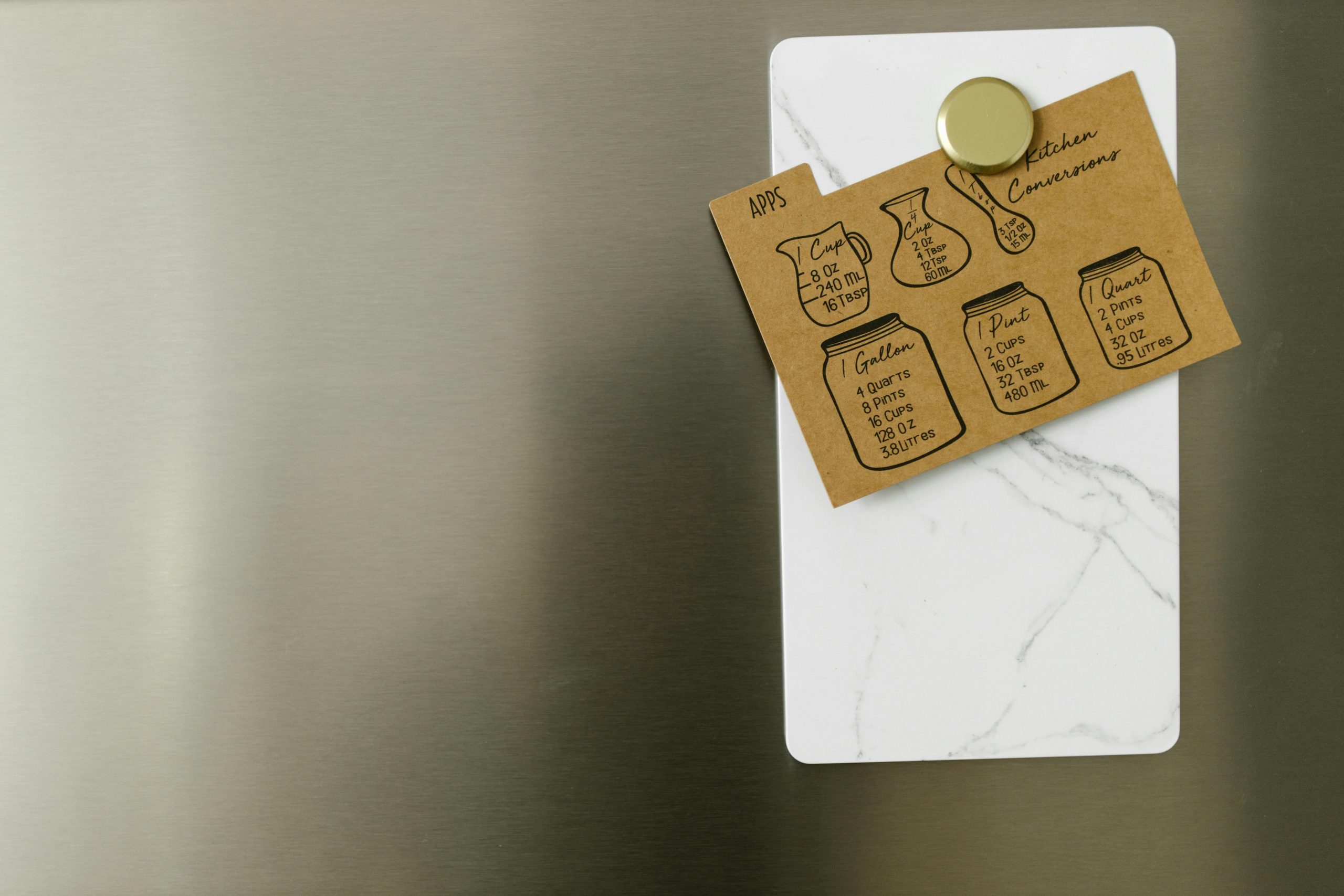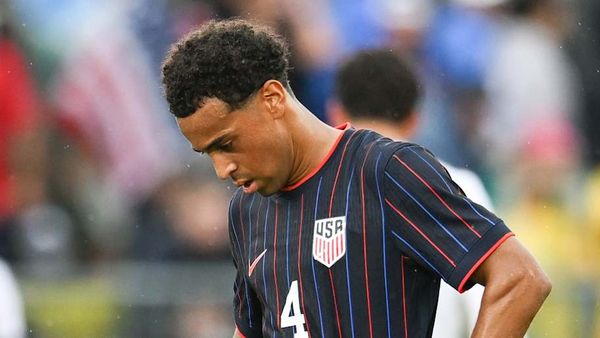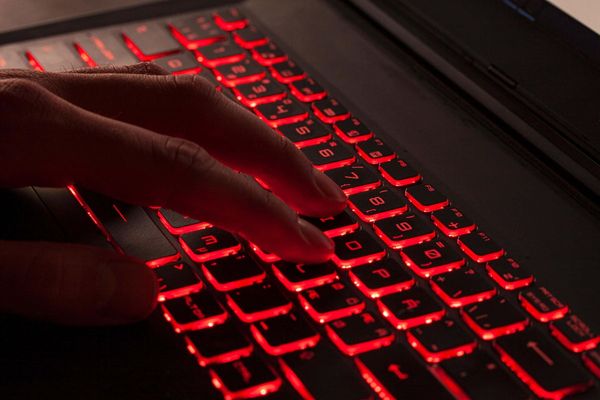You are at the self-checkout lane, scanning your items, when you notice that the price on the screen does not match the price you saw on the shelf. This frustrating experience is becoming increasingly common, leading many shoppers to believe the machines are rigged. While the problem is not usually intentional fraud, it is the result of a systemic failure in the way retailers manage their complex pricing systems. These five key issues explain why the price at the self-checkout is often higher than the one advertised.

1. The Lag Time in Price Updates
A grocery store can have tens of thousands of different products, and prices are constantly changing. When a new sale starts, an employee must physically go and change the paper price tag on the shelf. However, a different employee in a corporate office must update the price in the store’s central computer system. There is often a lag time between these two actions. The self-checkout scanner will always use the price in the computer, which can be higher than the new sale price on the shelf tag.
2. Human Error in Data Entry
The price in the central computer system is entered by a human being, and humans make mistakes. A simple typo by a data entry clerk at the corporate headquarters can lead to a major pricing error for an entire chain of stores. An employee might accidentally type in the wrong price for an item or forget to activate a promotional price in the system. The self-checkout machine will then unknowingly charge every customer the wrong price.
3. Promotion Programming Failures
Modern grocery sales are incredibly complex. They can involve deals like “Buy 2, Get 1 Free” or “Save $5 When You Spend $20 on a specific brand.” Programming these complicated promotions into the checkout software is difficult, and errors are common. The system might fail to recognize that you have purchased the correct number of items to trigger the discount, causing the self-checkout machine to charge you the full price for everything.
4. Regional Pricing Conflicts
Large national chains often have different prices for the same item in different regions of the country. A gallon of milk might cost more in one state than another. Sometimes, the store’s local point-of-sale system can glitch and pull its data from the national price file instead of the correct, local one. This can result in the self-checkout machine charging you a higher, out-of-state price for your items.
5. Unit of Measure Errors

A common error, especially with produce, is a unit of measure conflict. The price on the shelf might be listed per pound, but the self-checkout system might be programmed to charge per item. This can lead to a massive overcharge if the system accidentally charges you the price for a whole case of avocados instead of just the single one you bought. This is a simple but costly data error.
The Unblinking Eye of the Scanner
The fundamental problem with self-checkout is that the machine is not a cashier. It cannot think for itself, and it does not know the prices on the shelf. It can only do what the central computer system tells it to do. If the data in that system is wrong, the scanner will be wrong every single time. This puts the entire burden of catching pricing errors on the customer, forcing you to be the vigilant, final check on a flawed system.
Have you ever been overcharged at a self-checkout lane? What is the worst pricing error you have ever caught on your receipt? Share your experience!
What to Read Next
- Are Self-Checkout Errors Becoming a Pattern?
- 10 Coupon Tricks That Actually Work at Self-Checkout (But Shouldn’t)
- 9 Items That Ring Up Higher Than Labeled When Scanned at Self-Checkout
- Do Self-Checkout Machines Penalize You for Using Coupons?
- 3 Major Retailers Getting Rid of Self-Checkout This Year
The post Why Are Some Self-Checkout Lanes Ringing Up Higher Prices Than Advertised? appeared first on Grocery Coupon Guide.







